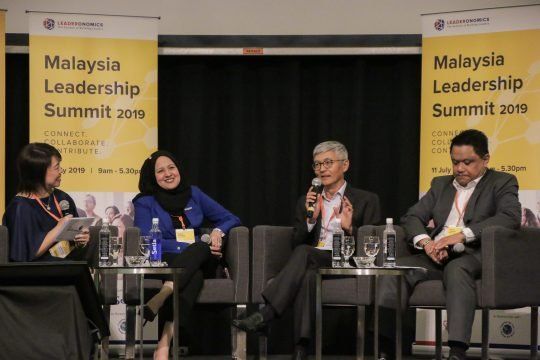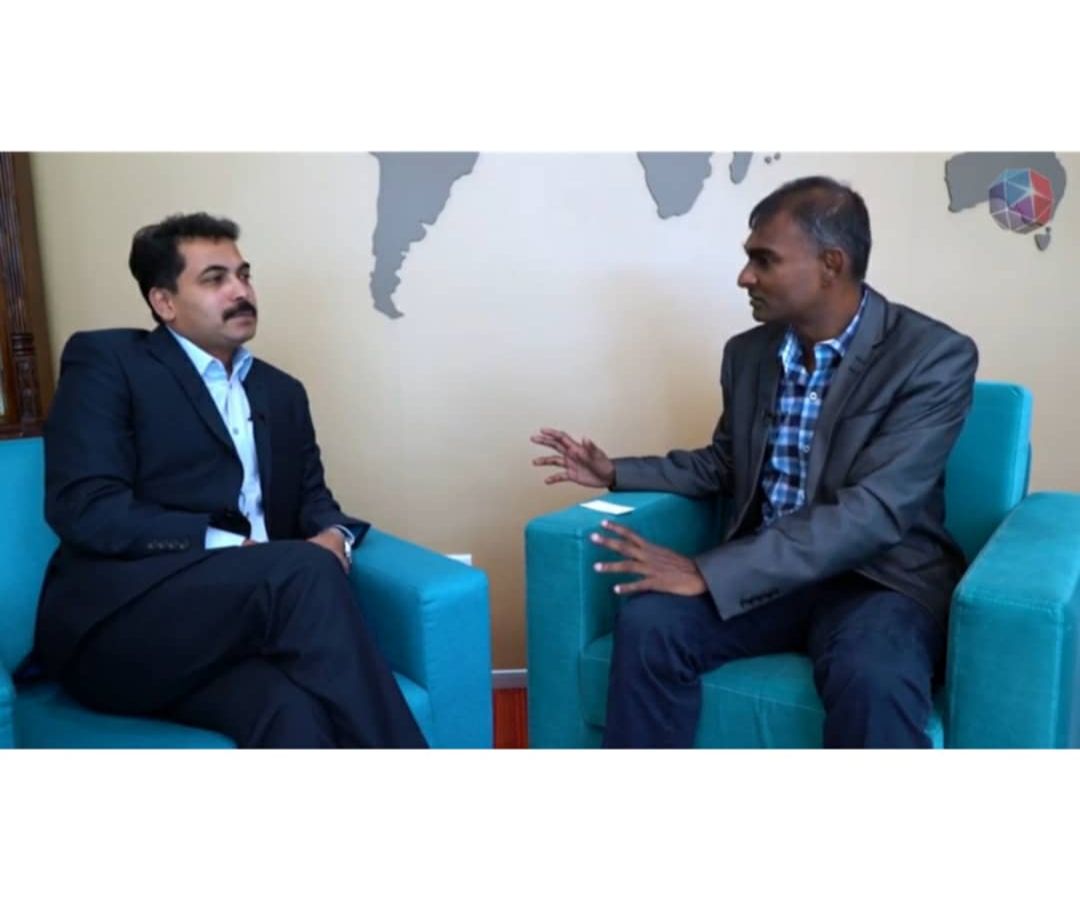The Hidden Power of Workers From Humble Backgrounds

Vector image is from freepik.com by @pch.vector
Growing up playing in the mud around Manila’s rice fields, Joy was blissfully unaware of the fact that she was poor. Her father was a farmer and her mother a bank worker, enduring an existence they hoped their daughter would escape.
It was only when she received a scholarship to a top university in Manila that Joy realised just how poor she was. Despite this obstacle, she found the more she mixed with fellow scholarship and international students, the more her confidence bloomed. As her self-belief prospered, it kindled her ability to dream.
When Joy was selected to join Nestlé’s management trainee programme, she had to take on a part-time job to support her extended family. In her second company, Mondelez, she finally felt free. After a foray into multi-level marketing left her saddled with debt, Joy dusted herself off and returned to corporate life with renewed confidence.
Currently an MBA candidate on full scholarship at INSEAD, Joy is still plagued by imposter syndrome. But she keeps her head high and takes it all in her stride. Even if she doesn’t know what her next destination will be, Joy knows she has “arrived”.
An invisible hurdle
People like Joy, who have had less access to money, opportunities and cultural capital, face multiple workplace barriers.
Socioeconomically disadvantaged workers often face discrimination in the recruitment process or exclusion from promotions and advancement opportunities. When they do get a foot in the door, they report experiencing harassment and discrimination because of their social status.
Workers from humble backgrounds have a huge invisible hurdle to clear and there is little assistance to help them get on or move up the corporate ladder.
While global organisations are finally paying attention to gender, racial and ethnic inequalities in the workplace – and to a lesser extent sexual orientation, disability and age – little is being done to address social diversity.
A recent study found the chances of landing a managerial role are 32 percent lower for people from lower social classes compared to people from higher social classes. The same study found the odds of becoming a manager are 28 percent lower for women than men and 25 percent lower for African-American than white workers.
People-oriented leaders
But individuals from disadvantaged backgrounds have proven to make better leaders because they value interdependence and community over independence and self-sufficiency. This is a key finding in a working paper by Winnie Jiang and Amy Zhao-Ding on underprivileged female Chinese founders. The majority of participants in this study became people-oriented founders with a keen interest in empowering their employees.
Born and raised in rural, underdeveloped areas in China, the women interviewed did not possess the social, cultural and educational resources needed to start a business on their own. Nor did they ever envision themselves becoming business owners.
After they were given the opportunity and support to start their own businesses, these women either came to identify themselves as founders or gave up on their dream.
In the beginning, participants exuded excitement and hope as well as anxiety and self-doubt when imagining themselves as founders. Those who fixated on the potential negative outcomes became paralysed by fear and, as a result, were unable to fully identify themselves as founders.
However, the majority were able to abate their negative emotions, focus on self-improvement and respond with positive emotions such as a sense of competence and confidence. These individuals developed founder identities and transformed their sense of self.
You may like this: Making Differences Work
Ultimately the success of these female founders depended on whether they were able to constructively regulate their negative emotions, especially fear of failure and self-doubt. The same is true for Joy, whose confidence helped her rise above her circumstances.
Addressing social disparities in the workplace
What if school curricula from the early years were to focus more on building confidence of each individual? We believe that, by the age of 14, every pupil should be able to tell their story with pride, regardless of origin, and to build on the facets of that story that make them a unique and powerful individual.
What might happen if universities went out of their way to recruit outstanding students from difficult backgrounds? What if higher education establishments took career development more seriously and connected hundreds and thousands of brilliant individuals with work opportunities that suited their needs and true selves?
More pragmatically and immediately, we should be aspiring to facilitate awareness and understanding of the business world for those from disadvantaged backgrounds.
For business leaders, these are the five actions you can take to resolve social disparities in the workplace:
- Become a mentor of less socially advantaged youth, whether through your organisation or local community.
- Break the bounds of traditional recruitment, look to a broader talent pool in your recruitment and challenge entrenched recruitment models organisation-wide.
- Reach out to local high schools to expose the opportunity of working in your organisation and its inclusive approach.
- Get to know your team members at a deeper level, including their personal stories.
- Create formal and/or informal DEI-focused mentoring initiatives within your sphere of influence in the organisation. Ensure participation from all minority groups and encourage both mentors and mentees to listen and learn.
Beating the social odds is no easy feat, and the scars may never leave those who dare to dream. At the end of the day, we all need to be a little more observant of how those around us may be struggling to fit in and make an effort to open our arms and our minds.
Read an extended version of this article.
Edited by: Katy Scott

This article is republished courtesy of INSEAD Knowledge. Copyright INSEAD 2022.
Business
Tags: Values, Competence, Purpose, Vision, Self-Agency, Self Leadership, Understanding Emotions
Claire is a passionate and experienced adviser on all matters related to people, talent and culture. She has in recent years held roles across borders, ranging from coaching, through consulting, to mentoring and writing, as well as training. More than 2000 individuals have grown and developed, supported by Claire’s coaching, and she advises companies, as well as investors, on how to maximise their talent more creatively. She has a degree from Cambridge and an MBA from INSEAD, and welcomes the opportunity for projects, coaching and speaking engagements worldwide.
Winnie Jiang is an Assistant Professor of Organisational Behaviour at INSEAD. Her research focuses on the dynamics of meaning making at work, career mobility, and human resource management.







